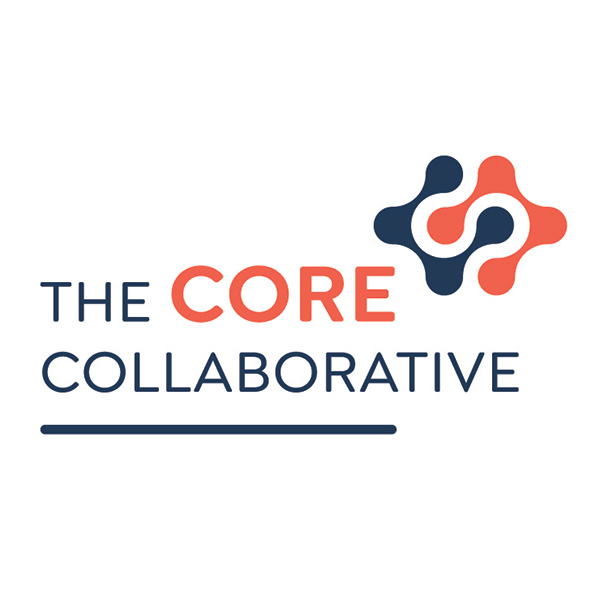When students take the lead in equity projects, they not only develop leadership skills but also foster a culture of empathy, accountability, and pride within their school.

Youth Equity Stewardship positions students in partnership with adults as co-creators of change by fostering leadership, critical thinking, and civic responsibility. When projects are rooted in data and lived experiences, students move beyond surface-level interventions to develop sustainable, impactful solutions. These projects also create opportunities for students to address challenges through collaborative learning, community building, and culturally responsive actions. Involving youth in meaningful equity work ensures that student voices shape the future of their learning environments. By working through service learning models, students build agency, belonging, and empathy, empowering them to become stewards of equity in their learning communities.
Below are three inspiring examples of service learning projects that demonstrate the power of students making a difference:
1. Project: Identity and Belonging Mural Campaign
Goal: Increase student belonging and cultural representation by transforming school spaces.
Data Insight: Climate data shows that students from marginalized backgrounds feel invisible or underrepresented in the school environment.
Service Learning Approach:
- Students interview classmates, staff, and families to collect stories about identity, belonging, and cultural pride.
- Using these insights, students work with a local artist to design a mural series representing the diverse identities within the school.
- Each mural features student stories, artwork, and themes of inclusion, ensuring that everyone sees their culture and experiences reflected in school spaces.
- Youth leaders host a community unveiling and lead a panel discussion on how art can foster belonging.
Impact:
- Students take ownership of transforming their environment to reflect their diverse identities.
- The project fosters pride, visibility, and respect for different cultures, increasing student connection to the school community.
2. Project: Mental Health Advocacy through Peer Support Networks
Goal: Reduce stigma and increase support for mental health through student-led advocacy and action.
Data Insight: School surveys reveal that students are struggling with mental health challenges but feel uncomfortable seeking help.
Service Learning Approach:
- The equity team partners with school counselors and mental health professionals to develop peer support networks where students are trained as peer listeners.
- They design and deliver mental health workshops and lead school-wide awareness campaigns to break the stigma around mental health.
- Youth leaders create resource hubs—physical spaces or websites—where students can access mental health information and connect with peer listeners anonymously.
- The team monitors feedback from participants to measure impact and adapt support strategies as needed.
Impact:
- Students feel empowered to address mental health challenges and create a more supportive school environment.
- Peer support networks increase help-seeking behaviors and strengthen empathy and understanding within the student body.
3. Project: Bridging the Gap – Youth-Led Equity Audits
Goal: Identify and address systemic inequities in school policies and practices.
Data Insight: Equity audits reveal disparities in discipline, academic achievement, and extracurricular participation among student groups.
Service Learning Approach:
- Students lead a youth equity audit of school policies and practices, using school data, surveys, and focus groups to uncover inequities.
- The youth team collaborates with teachers, administrators, and community members to develop recommendations for addressing disparities.
- They present their findings and solutions to the school board and work with staff to implement key changes, such as revising disciplinary policies or improving access to advanced courses.
- Throughout the process, students document their work and reflect on how policy changes can promote fairness and belonging.
Impact:
- Students gain critical thinking skills and experience in policy advocacy, influencing long-term changes within their school.
- The project builds a culture of accountability and transparency by positioning students as active partners in decision-making.
Reflection and Sustainability
A key component of any Youth Equity Stewardship project is ongoing reflection. Students must continuously reflect on the impact of their work through journals, discussions, or feedback sessions to ensure that their actions align with their goals. These projects should also include sustainability plans, such as training future youth leaders to continue the work and integrating successful practices into the school’s policies and culture.
Fostering Empathy, Accountability, and Pride through Collective Action
Youth equity stewardship through service learning empowers students to lead with purpose and create meaningful change in their school communities. Anchored in data and student experiences, these projects go beyond traditional service learning by focusing on systemic issues and centering equity, inclusion, and belonging. When students take the lead in equity projects, they not only develop leadership skills but also foster a culture of empathy, accountability, and pride within their school. Through sustained reflection and collaboration, these youth-driven initiatives can transform schools into communities where every student feels seen, heard, and valued.
By involving youth in this critical work, we build more equitable, inclusive schools that reflect the strengths and needs of every student.



